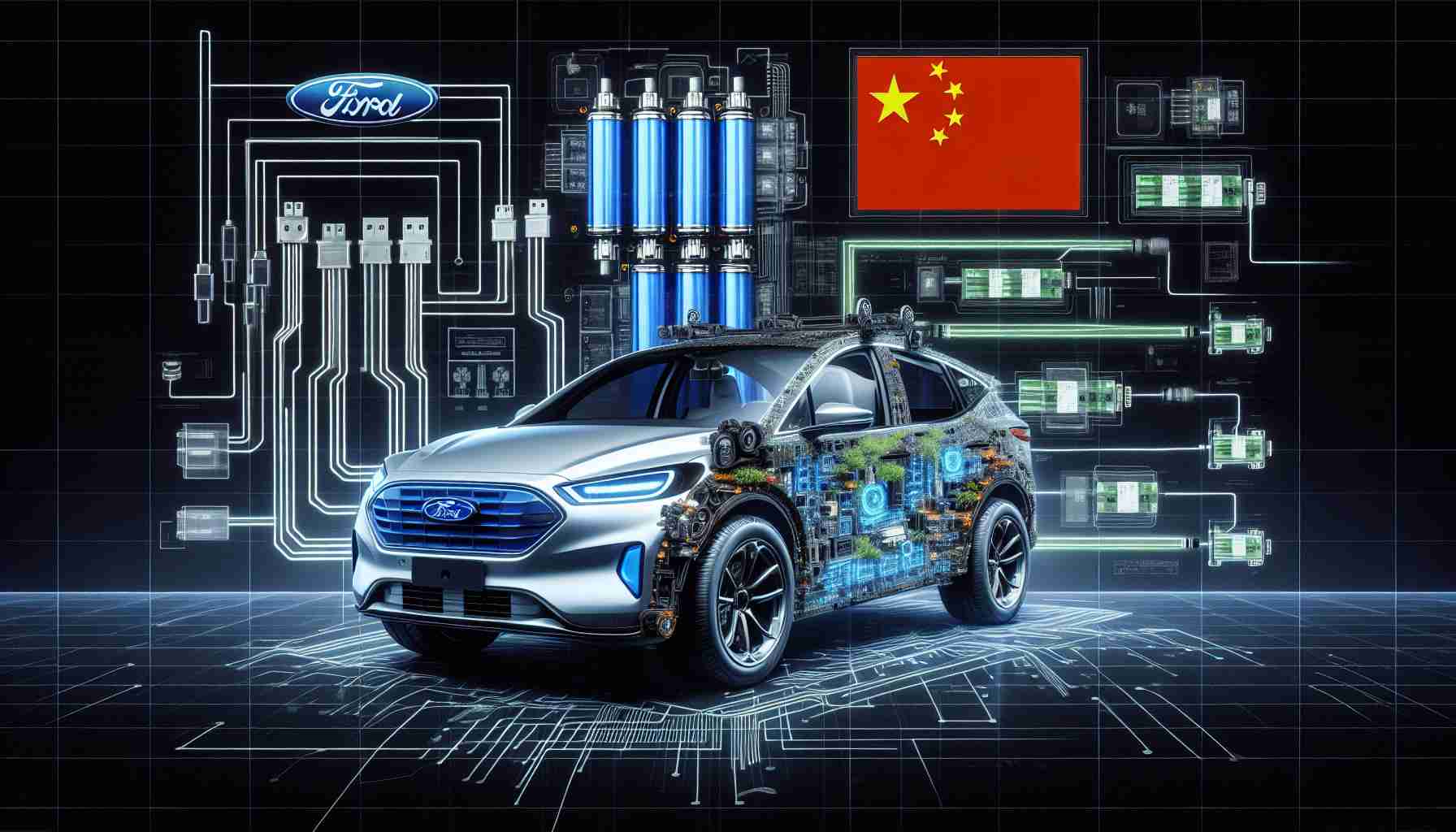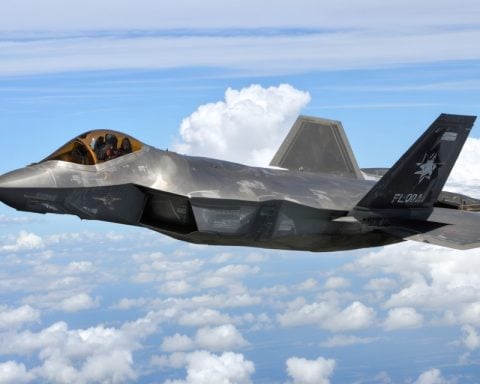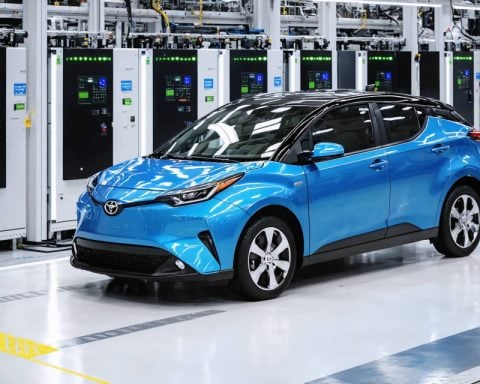- Ford CEO Jim Farley asserts that China is currently ten years ahead in EV battery technology.
- To reclaim competitiveness, Ford plans to leverage Chinese innovations, particularly in battery technology.
- China’s CATL dominates lithium-ion battery production, controlling 83% of the market.
- The BlueOval Battery Park is set to begin production of thousands of LFP batteries by 2026.
- Ford is also aiming to release an affordable electric vehicle priced under $30,000 to compete with budget-friendly Chinese options.
- Collaboration with Chinese technology may be essential for revitalizing American automakers amidst fierce global competition.
In a world racing toward electric vehicles, Ford’s CEO, Jim Farley, has sent a bold message: China is ten years ahead in the EV battery technology race. To reclaim its competitive edge, Ford must tap into China’s intellectual property, a strategy he believes is essential for dominating the global auto market.
Farley emphasized that the key to beating Chinese automakers lies in leveraging their advancements. This involves using cutting-edge battery technology sourced from China’s CATL, which specializes in lithium iron phosphate (LFP) batteries. Once a groundbreaking innovation developed in the USA, this technology now offers China a significant advantage, controlling a staggering 83% of lithium-ion battery production.
Ford is not waiting—not in the distant future but as part of its immediate strategy. With the ambitious BlueOval Battery Park under construction, expected to churn out thousands of LFP batteries by 2026, the American automaker is gearing up to reclaim its place in the market.
Meanwhile, Ford is also developing an affordable electric vehicle priced under $30,000 to compete with budget-friendly Chinese models that are making waves internationally. As global competition heats up, tariffs currently shield Ford from certain threats, but the race is on to innovate and adapt quickly.
The takeaway? Innovation through collaboration with Chinese technology could be the lifeline that revives American automotive giants as they navigate the shifting landscape of EV dominance. How will Ford maneuver this delicate balance of competition and cooperation? The future of modern mobility is hanging in the balance.
Ford’s Strategic Leap: How to Compete in the EV Race Against China
The electric vehicle (EV) market is rapidly evolving, and Ford is positioning itself strategically to reclaim its place as a leader. Recently, Ford’s CEO Jim Farley declared that China’s advancements in EV battery technology place them ten years ahead. To address this gap, Ford’s strategy involves leveraging intellectual property from China, particularly from CATL, a giant in lithium iron phosphate (LFP) batteries. Below are some new insights regarding Ford’s plans, industry trends, and relevant information surrounding the EV landscape.
Insights and Innovations
1. Emerging Battery Technologies: In addition to LFP batteries, Solid-State Batteries (SSBs) are gaining traction in the EV market. They promise higher energy density and safety, making them a potential game-changer for future vehicles.
2. Market Evolution: The global EV market is projected to reach approximately $800 billion by 2027, driven by sustainability goals and government incentives. Ford’s strategy must align with this growth to capture significant market share.
3. Sustainability Focus: With consumers increasingly favoring sustainable practices, Ford has initiated efforts towards zero-emission manufacturing processes. Their plans include using recycled materials for battery production, enhancing their sustainability credentials.
Key Questions Answered
1. What is Ford’s timeline for battery production?
Ford aims to start production in its BlueOval Battery Park by 2026, intending to produce thousands of LFP batteries. This timeline is crucial for meeting its market launch goals for new electric models.
2. How does Ford’s pricing strategy compare to competitors?
Ford is developing an affordable EV priced under $30,000, which is critical to rival budget-friendly Chinese models. This targeted pricing aims to attract a broader consumer base.
3. What role do tariffs play in Ford’s strategy?
Tariffs provide Ford a temporary buffer against Chinese competitors, allowing them to innovate and scale their production without immediate pressure from the lower cost of competing brands. However, this protection may not be permanent, urging Ford to enhance its competitive edge continuously.
Limitations and Challenges
– Supply Chain Issues: As competition increases, sourcing sufficient materials for battery production in a timely manner remains a challenge. Ford must secure stable supply chains to avoid disruptions.
– Rising Competition: As Chinese manufacturers advance, Ford faces fierce competition not just from them but also from other American and European automakers pivoting toward EVs.
Conclusion
To thrive in the EV landscape dominated by China’s technological advancements, Ford’s collaboration with Chinese battery technology, aggressive pricing strategies, and a focus on sustainability may provide a viable path forward. The automaker is taking proactive steps to innovate while competing in an increasingly crowded market.
For further insights and developments about Ford and the EV industry, visit Ford’s official site.







